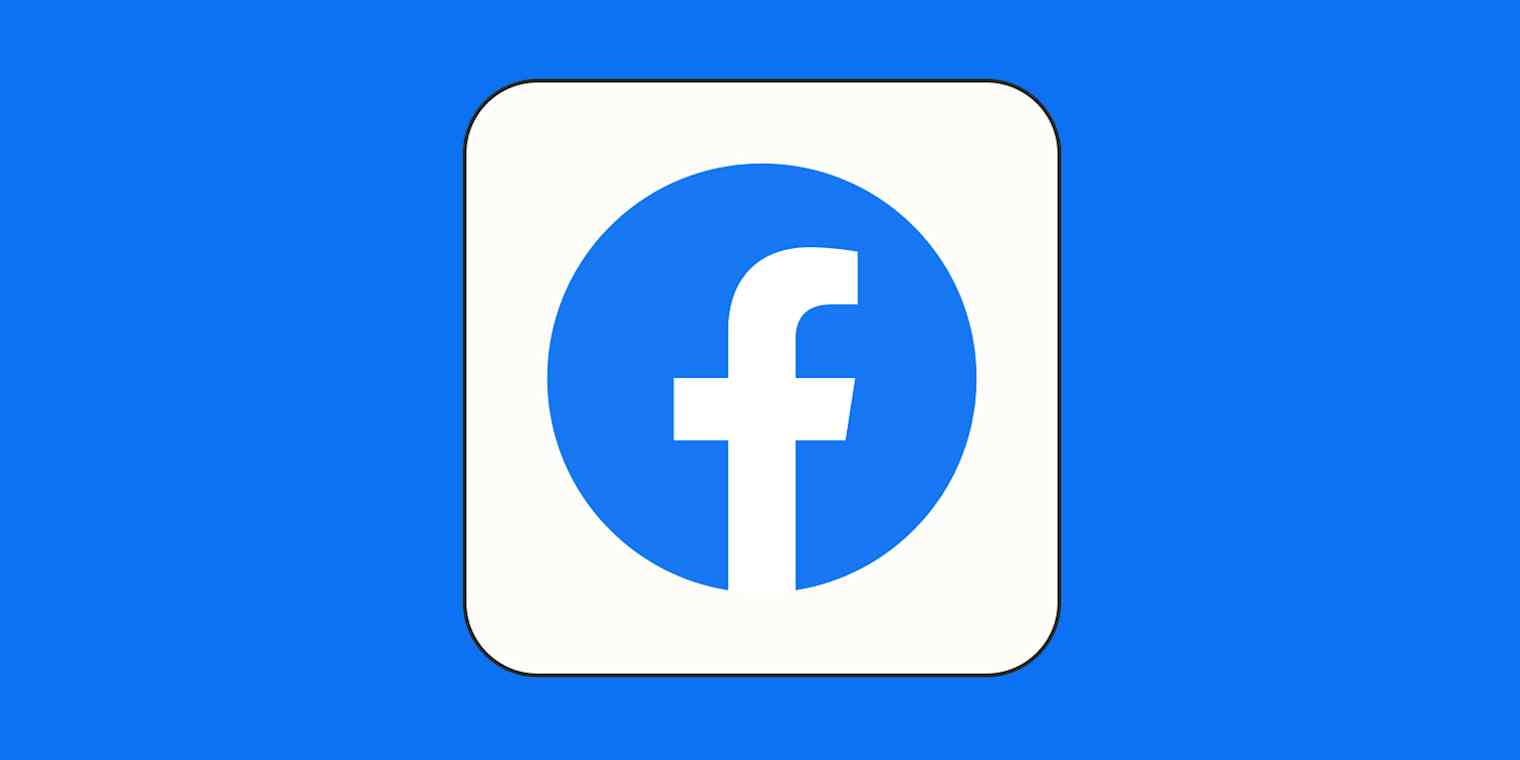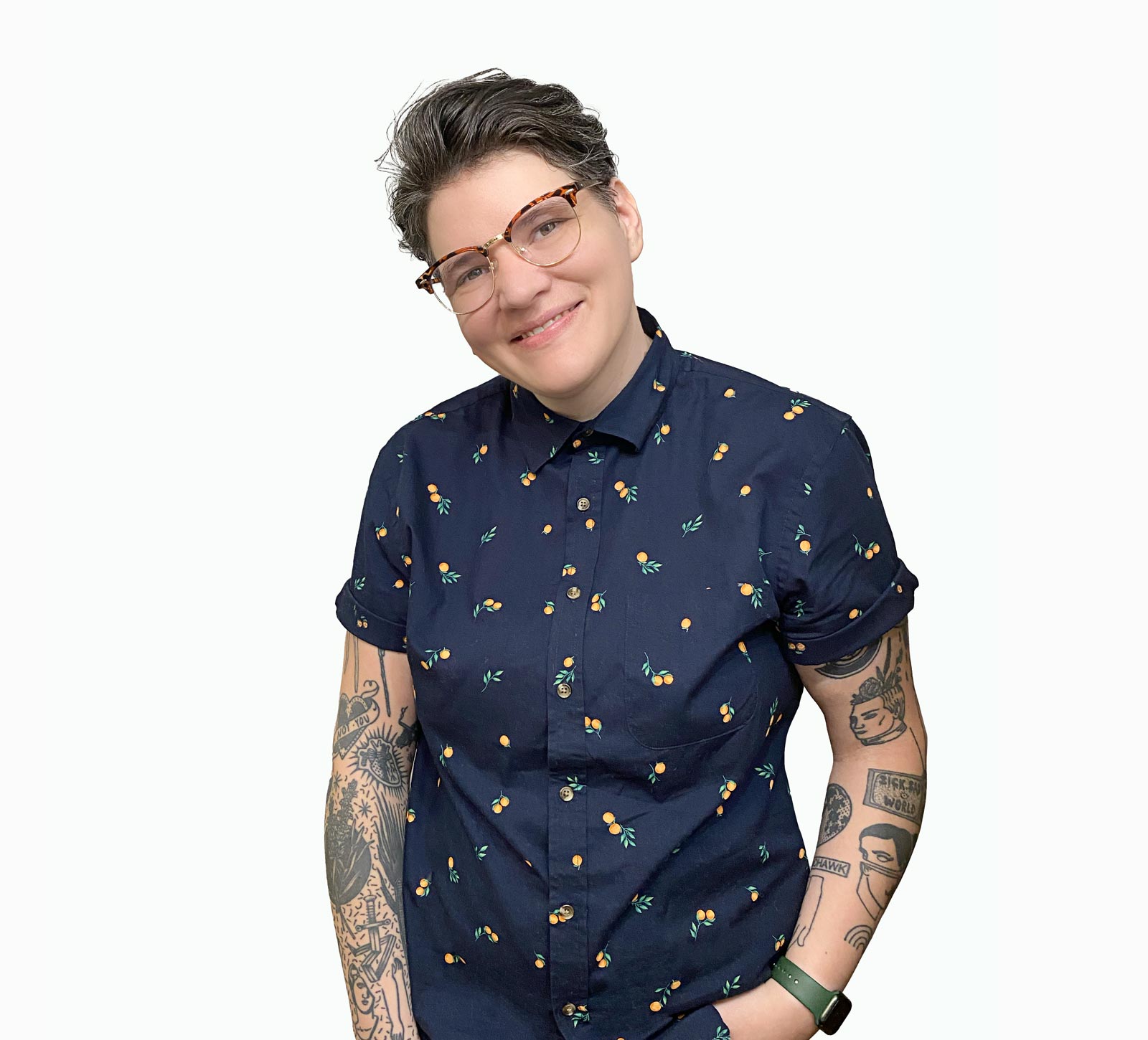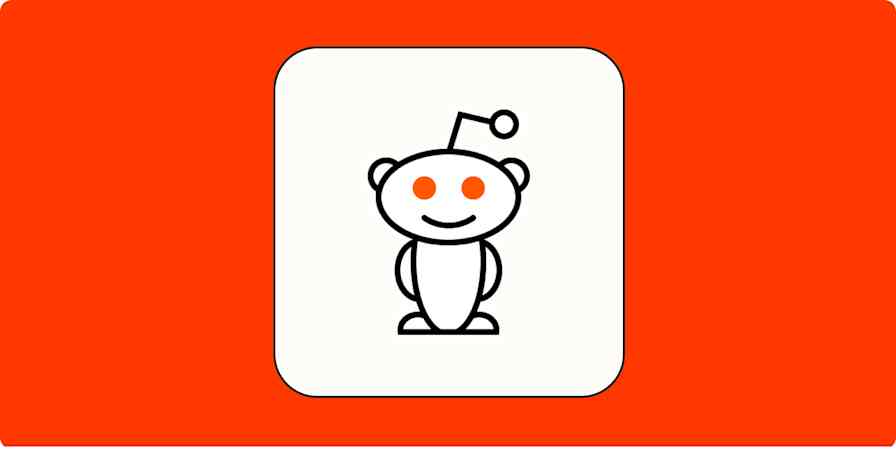I've spent years managing Facebook ad campaigns, both for my own business and for clients. And let me tell you, it's not easy to get the results you want while keeping spend under control. But after years of trial, error, and that special kind of rage that only comes from seeing your reach dwindle despite doubling your ad spend, I've learned that you actually can make Facebook ads work for you.
And you don't even need a Scrooge McDuck-sized pool of cash to make it happen. What you do need is a halfway decent ad strategy—one that doesn't involve panic-refreshing Ads Manager every five minutes.
In this guide, I'll focus on four best practices: audience targeting, creative management, lead capture, and conversion tracking. Nail those, and suddenly your ad spend won't feel like wasting money on Meta's dopamine slot machine.
Table of contents:
Why Facebook ads feel expensive
Facebook advertising has gotten more expensive. (Also, water is wet, politicians occasionally lie, and sticking your head in a wasp nest might result in mild discomfort.) With rising competition, millions of businesses are all desperately crowbarring their way into newsfeeds to compete for attention. Plus, lots of privacy regulations have made effective targeting harder due to restrictions on data tracking.
But one of the biggest reasons Facebook ads feel so expensive is that a lot of marketers are hemorrhaging money due to fixable issues:
Outdated audiences that haven't been refreshed in months
Slow follow-up on leads, allowing them to go cold
Incomplete data that prevents proper optimization
Ad fatigue from running the same creative for too long
The good news is that once you identify these leaks in your funnel, a few simple optimizations can plug the holes and keep more of your budget flowing toward high-value buyers. You just need to know where to look—and what to fix.
1. Get specific with your audience targeting
Casting a wide net with your ads is like chucking a fistful of twenties into a woodchipper and expecting something useful to come out the other side. While it might seem logical to reach as many people as possible, broad targeting actually drives up costs without delivering quality leads.
Think of it this way: if you're selling diamond-encrusted dog collars, would you rather show your ad to 10,000 random people or 1,000 dog owners who have already shown interest in luxury pet accessories? The smaller, more targeted audience will almost always yield better results at a lower cost.
Start with Meta custom audiences to use your own data to target warm prospects. Have a list of existing customers? An email database? Website visitors who didn't immediately recoil in horror? Create a custom audience to target them directly—they're already halfway to caring.

Once you've created custom audiences, you can use them as the basis for lookalike audiences. This allows you to find new high-value prospects who share characteristics and psychological vulnerabilities with your existing customers.
Just be sure to keep your audience lists up-to-date, lest you find yourself targeting users who have long since moved on to greener pastures (or, more likely, have rage-quit social media entirely). I recommend setting a monthly reminder to:
Update customer lists with new buyers and website visitors.
Remove any outdated or inactive contacts.
Refresh your seed audiences for lookalike campaigns.
Check the size of your audiences (too small can limit delivery; too large can dilute targeting).
You can automate a lot of this process with Zapier's Facebook custom audiences integration. By combining Facebook custom audiences with automation, you can keep your audience lists updated in real time, ensuring your ads are always targeting the right people with the right message. Learn more about how to automate Facebook custom audiences, or get started with one of these pre-made workflows.
Add new Mailchimp subscribers to Facebook Custom Audiences
Log emails in Facebook Custom Audiences with new paid orders in Shopify
Add emails to Facebook Custom Audiences for new or updated rows in Google Sheet
Think of it like cleaning out your fridge. If you don't toss the rotten leftovers and restock the good stuff regularly, pretty soon you'll be serving up nothing but stale, smelly ads to people who don't want them.
2. Keep your ads fresh to avoid wasting budget
Pop quiz: when's the last time you actually enjoyed seeing the same ad over and over again? Unless it featured Jason Momoa doing something shirtless and hilarious, probably never.
Even the most perfectly targeted ad will eventually lose its effectiveness if you keep shoving it in front of the same audience over and over again. This phenomenon, known as ad fatigue, can quickly drain your budget without delivering results.
The best way to combat ad fatigue is to continually test new ad variations and allocate more budget to the winners. Facebook makes this easy with its built-in A/B testing tools. Setting up an A/B test, also known as a split test, allows you to test variables like:
Images or videos
Descriptions
Another option, if you can't be bothered to craft and test new ads manually (and I don't blame you), is to use the Advantage+ creative feature within Meta Ads. Instead of obsessing over which ad element will work best, Advantage+ creative uses machine learning to test and adjust different elements of an ad—such as text, images, videos, headlines, and calls to action—based on what's most effective for the audience.
But even successful ads get stale over time. Rotate creative regularly to avoid ad blindness. When I manage campaigns, I typically have at least three to four active ad variations running at any time, with new versions being tested regularly.
The goal is to hit that sweet spot of familiarity (so people recognize and trust your brand) and novelty (so they don't just scroll past while sitting on the toilet). Well-optimized ads reduce your CPC, bump up conversion rates, and ultimately help prevent your audience from developing a Pavlovian rage response to your brand.
3. Capture leads quickly to maximize ROI
You know that feeling when you text someone and they take approximately three to five business days to reply? By the time they respond, you've already moved on emotionally, mentally, and possibly geographically. That's exactly what happens with Facebook leads if your follow-up strategy moves with all the urgency of continental drift.
If someone submits a form, they're basically begging you to take their money, and a lot of businesses just... let them sit there. Alone. Unloved. The key is to strike while the iron is hot and capture those leads ASAP so you can nurture them into customers later.
Meta's native lead forms are great for fast lead collection because they auto-fill user info, which reduces friction (and typos).

You can schedule regular exports of your leads, or make it even easier: with Zapier's Facebook lead ads integration, you can automatically notify sales reps and get those leads into your CRM, email marketing tool, or wherever else you need them. Learn more about how to automate Facebook lead ads, or get started with these pre-made workflows.
Add new Facebook Lead Ads leads to rows on Google Sheets
Send emails in Gmail for new leads in Facebook Lead Ads
4. Track offline conversions for full-funnel insight
The crowning achievement in wasteful spending on Facebook is optimizing for vanity metrics that have all the real-world value of expired Kohl's Cash. "Look at all these clicks!" you'll cry, while your actual business withers like a neglected philodendron.
If you want to know which ads are truly pulling their weight, you need to track conversions from click to close—even if that final sale happens offline. To do this:
Integrate your CRM and sales data with Meta.
Track offline conversions, like sales that happen over the phone or in-store.
Use Facebook's Conversions API to capture marketing data from your other apps.
With full-funnel data, you can identify the campaigns that are really moving the needle and double down while eliminating spend on the ones that don't lead to revenue. Additionally, it creates a feedback loop where Meta learns which users are most likely to become paying customers, not just leads.
And with Zapier's Facebook Conversions integration, you can automate the process, so all of your conversions are accounted for everywhere you need them. Zapier can automatically track key customer actions—like purchases, sign-ups, or webinar registrations—and feed that data back into Facebook. Learn more about how to automate Facebook Conversions, or get started with these pre-made workflows.
Send funnel events to Facebook Conversions from Klaviyo
Send funnel events to Facebook Conversions from RD Station
Send funnel events to Facebook Conversions from Pipedrive
Make it easier with automation
You could do all the stuff I just talked about manually or using Meta's built-in features. But that sounds like a lot of work, and you've got a business to run (hopefully not into the ground). If the idea of trying to keep up with audience updates, creative refreshes, lead routing, and conversion tracking makes you want to renounce technology altogether and move into a hollowed-out tree in the middle of the woods, Zapier can help automate some of this drudgery for you.
With Zapier, you can automatically sync new leads to your CRM or Slack for immediate follow-up, add new customers to your custom audiences, and push closed-won deals back to Meta for accurate offline conversion tracking. Try one of the Meta Ads templates throughout this post, or learn more about integrating Facebook with Zapier.
Related reading:








